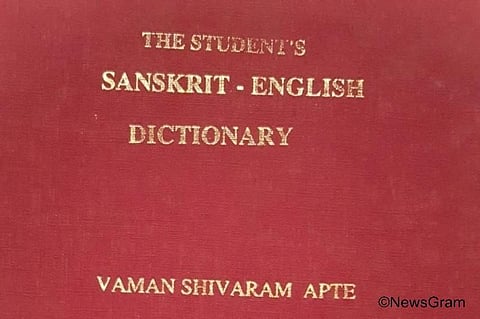Reading Sanskrit, however, isn't everyone's passion. Arjun Vyas, who greets you with a Namo Namah (he will make it a point to tell you that the greeting has nothing to do with the country's Prime Minister), says he stumbled upon the class on a social messaging group and felt obligated to join. A few classes in, however, the 51-year-old industrial project consultant was hooked. "All my life I though Sanskrit was a difficult language, but it's so easy," he exclaims. Vyas attended the free of charge, 10-day, spoken Sanskrit camp conducted by Sanskrit Bharati in Bandra East this February. He recommends the class because it's all about conversational Sanskrit: "Upanetram kutra aasti?" (where are my spectacles?)". Which brings us to the tough question. Once they do learn Sanskrit, where do Vyas and his batchmates practise?


